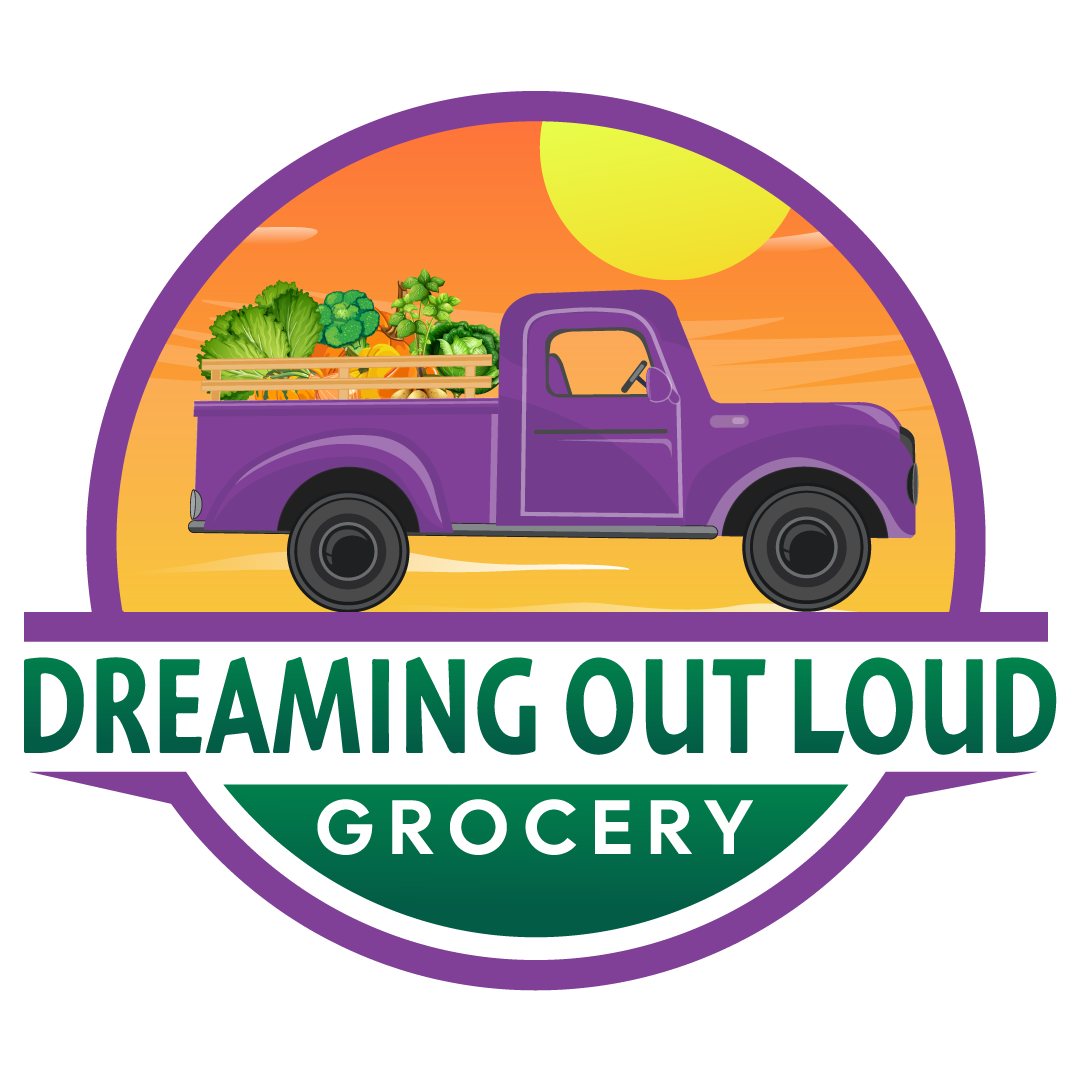Frederick Douglass
Frederick Douglass was a prolific writer who used his skills to advocate for abolition and human rights. He learned to read and write despite the obstacles and dangers he faced as a slave. He wrote three autobiographies, several essays, speeches, letters and editorials. He also edited his own newspapers and newsletters. His writings reveal his passion, intelligence, courage and vision for a more just and democratic society. His writings bring alive the immoral mechanics of slavery and its weapons of control.
Chief among them: food. Hunger was the young Fred’s faithful boyhood companion. “I have often been so pinched with hunger, that I have fought with the dog — ‘Old Nep’ — for the smallest crumbs that fell from the kitchen table, and have been glad when I won a single crumb in combat,” he wrote in My Bondage and My Freedom". “Many times have I followed, with eager step, the waiting-girl when she went out to shake the table cloth, to get the crumbs and small bones flung out for the cats.”
“Never mind, honey — better day comin,’ “ the elders would say to solace the orphaned boy. It was not just the family pets the child had to compete with. One of the most debasing scenes in Douglass’ first memoir, Narrative of the Life of Frederick Douglass, describes the way he ate:
“Our food was coarse corn meal boiled. This was called mush. It was put into a large wooden tray or trough, and set down upon the ground. The children were then called, like so many pigs, and like so many pigs they would come and devour the mush; some with oyster-shells, others with pieces of shingle, some with naked hands, and none with spoons. He that ate fastest got most; he that was strongest secured the best place; and few left the trough satisfied.”
Douglass makes it a point to nail the boastful lie put out by slaveholders — one that persists to this day — that “their slaves enjoy more of the physical comforts of life than the peasantry of any country in the world.”
In truth, rations consisted of a monthly allowance of a bushel of third-rate corn, pickled pork (which was “often tainted”) and “poorest quality herrings” — barely enough to sustain grown men and women through their backbreaking labors in the field. Not all the enslaved, however, were so ill-fed. Waiting at the “glittering table of the great house” — a table loaded with the choicest meats, the bounty of the Chesapeake Bay, platters of fruit, asparagus, celery and cauliflower, cheese, butter, cream and the finest wines and brandies from France — was a group of black servants chosen for their loyalty and comely looks. These glossy servants constituted “a sort of black aristocracy,” wrote Douglass. By elevating them, the slave owner was playing the old divide-and-rule trick, and it worked. The difference, Douglass wrote, “between these favored few, and the sorrow and hunger-smitten multitudes of the quarter and the field, was immense.” The “hunger-smitten multitudes” did what they could to supplement their scanty diets. “They did this by hunting, fishing, growing their own vegetables — or stealing,” says Frederick Douglass Opie, professor of history and foodways at Babson College, who, of course, is named after the activist. “In their moral universe, they felt, ‘You stole me, you mistreated me, therefore to steal from you is quite normal.’
Learn more about his experience learning to read and write.
Learn more about why his impact is still felt today.
